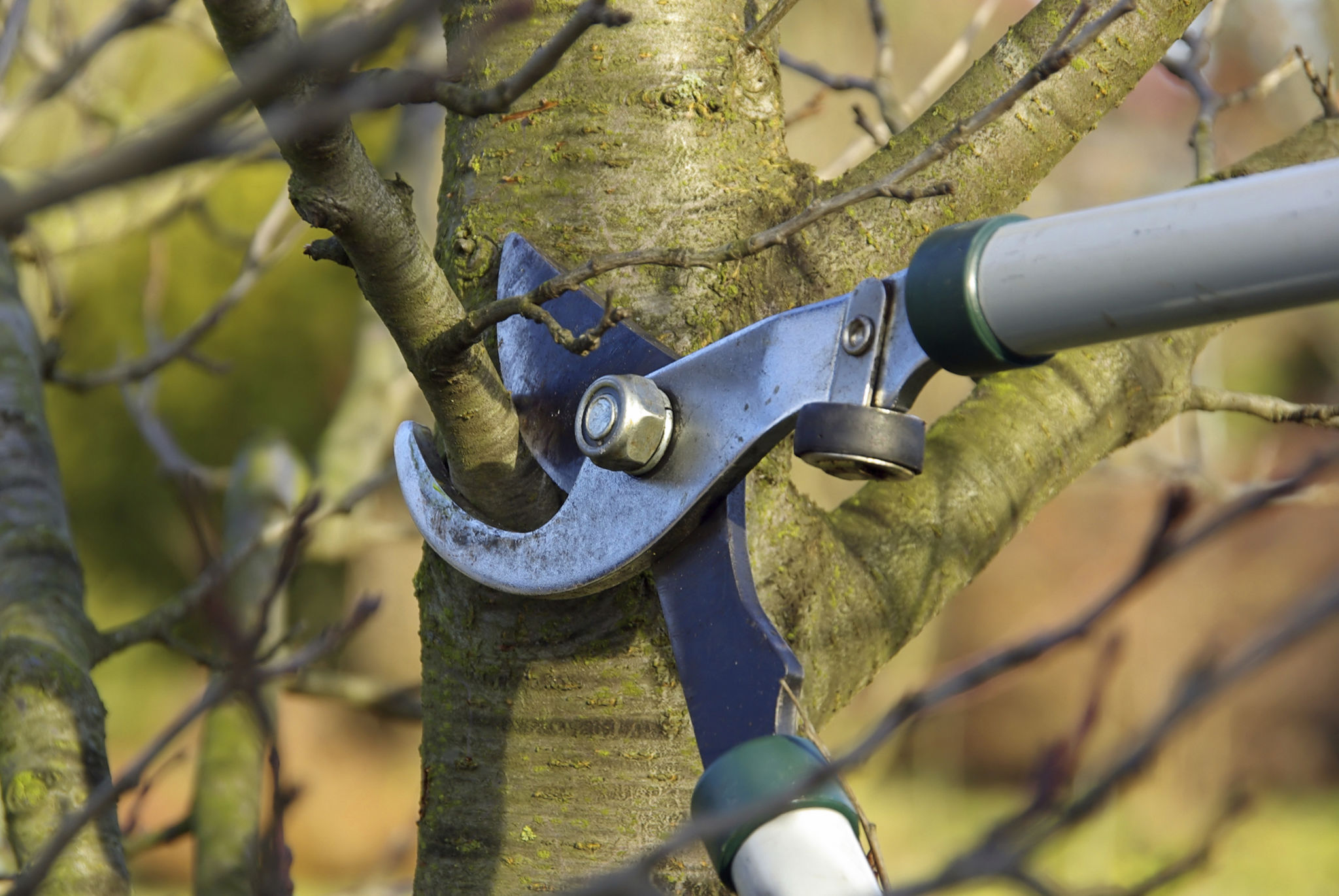Understanding Local Tree Regulations in Dunfermline
Introduction to Local Tree Regulations
Understanding the local tree regulations in Dunfermline is essential for homeowners, developers, and environmental enthusiasts alike. These regulations are designed to protect the natural landscape, preserve biodiversity, and maintain the town's aesthetic appeal. Whether you're planning to plant new trees or remove existing ones, being well-informed about these rules can save you from potential fines and legal issues.
Local authorities have implemented specific guidelines to ensure that any tree-related activities align with Dunfermline's environmental goals. Let's delve deeper into these regulations to comprehend their significance and application.

Tree Preservation Orders (TPOs)
Tree Preservation Orders (TPOs) play a crucial role in protecting significant trees or woodlands that contribute to the area's natural beauty. If a tree is covered by a TPO, it cannot be cut down, topped, lopped, uprooted, or otherwise wilfully damaged without prior permission from the local council.
Applying for permission involves submitting a detailed proposal outlining the reasons for the intended work. The council will then assess the application based on ecological impact, public amenity value, and other relevant factors. It's important to note that unauthorized work on protected trees can lead to substantial fines.

Conservation Areas
In addition to TPOs, trees located within designated conservation areas in Dunfermline are also subject to regulation. These areas are recognized for their historical or architectural significance, and preserving their character is paramount. If you wish to carry out any work on trees in these areas, you must notify the local planning authority at least six weeks in advance.
This notification period allows the authority to evaluate the proposed work's impact and decide whether a TPO should be placed on the tree. Failure to comply with these requirements can result in legal action.
Permitted Tree Work
While many tree-related activities require permission, certain types of work are generally permitted under local regulations. For instance, deadwood removal is usually allowed without prior approval, as it prevents potential hazards and promotes tree health. Similarly, minor pruning that doesn't affect the tree's overall health or appearance may also be performed.

Exemptions and Special Circumstances
There are specific exemptions under which tree work can be carried out without formal permission. For example, if a tree poses an immediate danger to people or property, emergency action may be taken to mitigate risks. However, it's advisable to document such situations thoroughly in case of future inquiries from the authorities.
Applying for Tree Work Permission
If your planned activities fall outside the scope of permitted work, submitting an application for tree work permission is necessary. This process typically involves providing detailed information about the tree species, location, proposed work, and justification for the request.
The local council will evaluate the application by considering factors like ecological impact, community interest, and environmental sustainability. Approval timelines may vary depending on the complexity of the request and current workload.

Conclusion
Understanding and adhering to local tree regulations in Dunfermline is crucial for anyone involved in tree management. These rules not only protect individual trees but also contribute to the broader ecological health and aesthetic value of the area. By staying informed and compliant, you ensure that your actions support the community's environmental goals while avoiding unnecessary conflicts with local authorities.